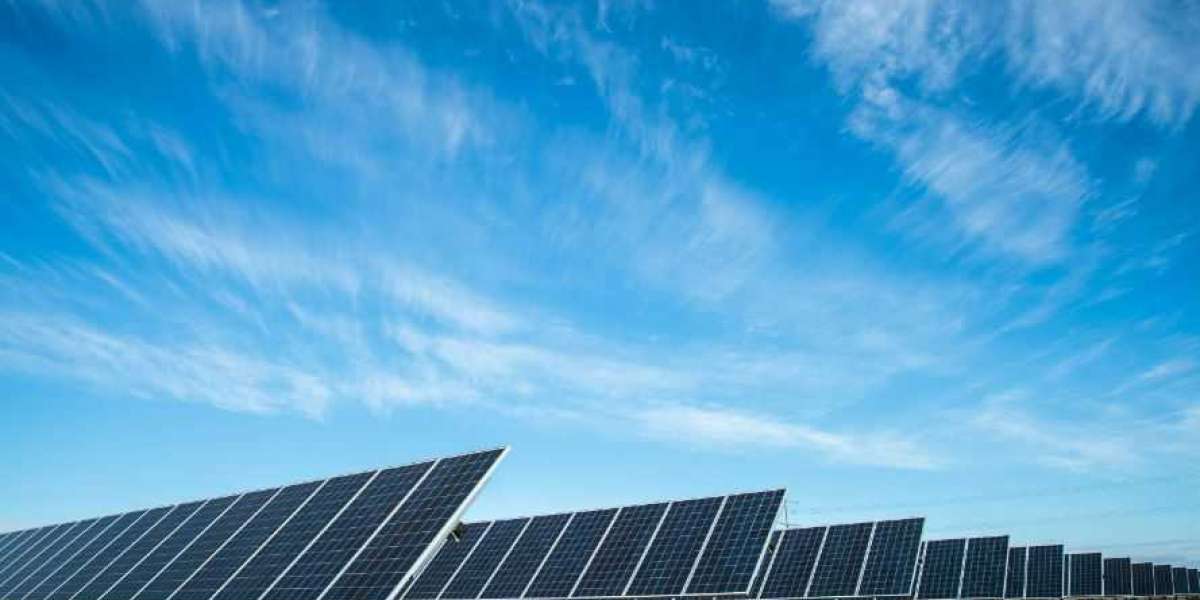Introduction:
In today's agriculture industry, efficient land preparation and soil management are crucial for maximizing productivity. One essential tool that has revolutionized these practices is the rotavator. With its unique design and advanced features, the rotavator has become an indispensable asset for modern farmers. This article explores the various aspects of rotavators, their benefits, applications, and factors to consider when using them in farming operations.
Understanding Rotavators:
Rotavators are versatile agricultural machines that are used by tractors and designed to prepare the land and manage soil effectively. Comprising rotating blades or tines, they pulverize the soil, incorporating crop residues and improving its structure. Unlike traditional tillage equipment, rotavators perform multiple tasks simultaneously, saving time and effort. Their efficient design allows for better seedbed preparation and seed germination.
Benefits of Using Rotavators:
The use of rotavators offers numerous benefits to modern farming practices. Firstly, they enhance soil structure by breaking up compacted soil, allowing for better root development and nutrient absorption. Rotavators also promote improved water infiltration, reducing waterlogging and improving irrigation efficiency. By pulverizing crop residues, they aid in their decomposition, minimizing weed growth and reducing the need for herbicides. Additionally, rotavators help control soil erosion, protecting valuable topsoil from wind and water erosion.
Applications of Rotavators:
Rotavators find extensive applications across diverse farming practices. They are commonly used for land preparation, incorporating stubble, and managing crop residues. Rotavators are invaluable in intercropping and cover cropping systems, facilitating efficient planting and ensuring optimal crop growth. Their ability to create a favorable seedbed makes them ideal for crop rotation, enabling farmers to maintain soil health and break disease cycles. Rotavators are also widely adopted in specialty farming practices, such as organic farming and horticulture, where soil management is critical.
Factors to Consider When Using Rotavators:
To maximize the benefits of rotavators, farmers should consider:
- Soil Type: Understand the characteristics of the soil to determine the appropriate depth and intensity of rotavator usage.
- Moisture Content: Avoid working on excessively wet or dry soil to prevent compaction or inadequate soil pulverization.
- Crop-Specific Requirements: Adjust rotavator settings to meet the optimal seedbed conditions for different crops.
- Settings and Operating Speeds: Adapt depth, blade angle, and operating speeds based on farming conditions for efficient soil pulverization.
- Safety Precautions: Wear protective gear, follow operating procedures, and be aware of hazards to ensure safe operation.
- Regular Maintenance: Clean, lubricate, inspect blades, and replace worn-out components to maintain performance and longevity.
Challenges and Future Developments of Rotavators:
Rotavators in modern farming face challenges such as high initial costs and the requirement for specialized knowledge and skills for operation and maintenance. However, ongoing research and development efforts are focused on overcoming these challenges and improving their effectiveness.
Advancements include integrating rotavators with precision farming techniques, enabling precise control of depth, speed, and seedbed preparation for optimized crop performance. Automation through guidance systems and robotic controls is streamlining rotavator operation, reducing labor requirements, and enhancing efficiency. Integration with other agricultural systems, such as sensors and data analytics, allows real-time monitoring and decision-making for optimized farming practices.
Future developments may include increased use of artificial intelligence for autonomous operation, improved energy efficiency with hybrid or electric power systems, and the development of specialized attachments for specific farming needs. These innovations have the potential to enhance the use of rotavators further, improving productivity, sustainability, and profitability in modern farming.
Conclusion
In conclusion, rotavators have revolutionized modern farming by improving soil structure, water infiltration, weed control, and erosion prevention. Ongoing research and developments are addressing challenges such as costs and specialized knowledge. Integration with precision farming, automation, and advanced technology are enhancing rotavator efficiency. Future innovations in artificial intelligence, energy efficiency, and specialized attachments hold the potential for further improving rotavator usage. These advancements will contribute to increased productivity and profitability for farmers worldwide.
For more additional information about Tractor, Force Motors, Implements, Mahindra Tractors, and John Deere visit Khetigaadi.com
